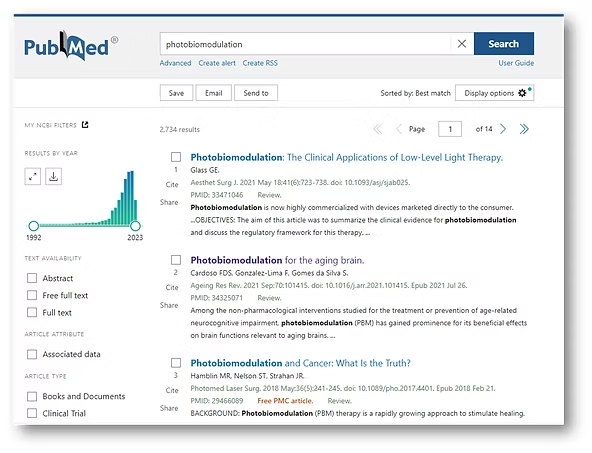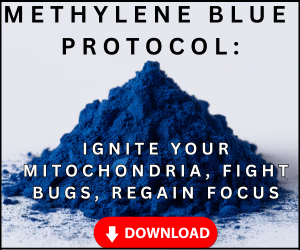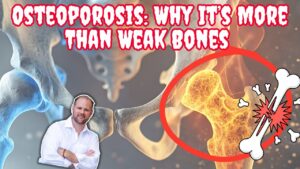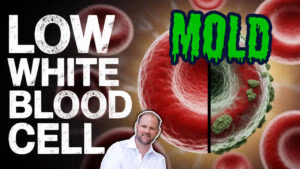Step into the innovative world of health optimization and experience the marvels of red light therapy, also known as photobiomodulation. This cutting-edge technology employs the use of specific light frequencies to bestow a plethora of health advantages.
Harness the Potential of Red Light Therapy
From improving skin health, enhancing muscle recovery, and body contouring to boosting mental clarity, athletic performance, and even sexual prowess, red light therapy reveals a promising frontier in the health and wellness sector. And let’s not overlook its efficacy in alleviating joint pain and promoting sound sleep and relaxation.
Research-Backed Evidence and the Power of Photobiomodulation
The Science Behind the Light – an Abundance of Research
With close to 3000 research articles available on PubMed, an exhaustive database of scientific literature, photobiomodulation is certainly not a pseudoscientific phenomenon. Its proven efficacy is backed by a multitude of research studies.
Photobiomodulation and Photosynthesis - A Comparable Process
This light-based therapy could be seen as the human version of plant photosynthesis, where light energy is harnessed and used to produce various beneficial substances. Specifically, the mitochondria of human cells thrive on this light energy.
The Magic of Mitochondria and ATP Production
At the core of this cellular process are solar panel-like structures within our mitochondria, known as chromophores. Positioned at the cytochrome C oxidase, they play an instrumental role in the production of ATP, our body’s primary energy currency.
Charge Up with Red Light Therapy
Red light therapy effectively charges these ‘solar panels’ within our mitochondria, resulting in augmented ATP production and ultimately leading to higher energy levels.
The Role of Nitric Oxide in Energy Production
Nitric oxide, when tightly bound to mitochondria at stage four, can hinder the oxygen necessary for ATP production. Red light therapy ingeniously displaces this nitric oxide, enabling oxygen to enter and facilitate increased energy production.
Fluidity Matters – Water's Role in ATP Production
Besides, red light therapy also helps make water within cells and mitochondria more fluid. This fluidity eases the strain on the ATP pump and promotes ATP production.
The Influence of Wavelengths on Red Light Therapy
A Rainbow of Benefits – The Effect of Different Wavelengths
The visible light spectrum ranges from 380 to 700 nanometers, with near-infrared light stretching between 800 to 1000 nanometers. These wavelengths penetrate the skin, reaching the mitochondria, and each possesses specific health benefits.
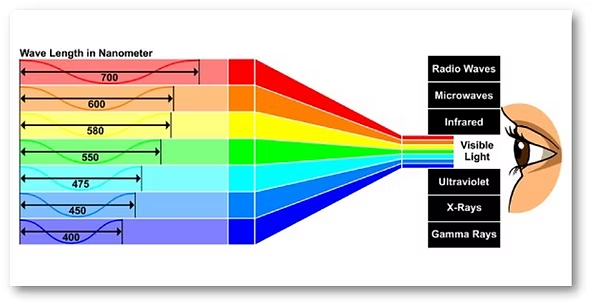
Specific Wavelengths for Specific Benefits
For instance, some wavelengths are adept at reducing inflammation, improving bone healing, enhancing muscle recovery, and even diminishing lines and wrinkles.
The Light You Need – Red Light Therapy for Chronic Conditions
In cases of light deficiency, chronic conditions, or chronic illnesses, red light therapy provides the body with the necessary light it craves, supporting overall health and well-being.
Time-efficient Therapy Sessions
Red light therapy sessions are typically brief, usually around ten minutes, and can be applied to both the front and back of the body. Penetrating the skin, reaching the mitochondria, and exciting the blood, this therapy offers an array of health benefits, all in a matter of minutes.
Frequently Asked Questions (FAQ)
Red light therapy, also known as photobiomodulation, is a cutting-edge technology that uses specific wavelengths of red and near-infrared light to deliver health benefits. It can improve skin health, enhance muscle recovery, boost mental clarity and athletic performance, alleviate joint pain, promote better sleep, and support overall well-being by working at the cellular level.
It works primarily by energizing the mitochondria—the powerhouses of your cells. The light is absorbed by "solar panel"-like structures in the mitochondria, which boosts the production of ATP (your body's energy currency). It also helps displace nitric oxide that can block energy production and increases water fluidity within cells, making the entire energy production process more efficient.
Yes, the efficacy of red light therapy is strongly supported by scientific research. There are close to 3,000 research articles on PubMed, a major database of scientific literature, dedicated to photobiomodulation, confirming it is a legitimate and well-studied phenomenon.
Different wavelengths within the red (around 380-700 nm) and near-infrared (800-1000 nm) spectrum penetrate the skin to different depths and have unique effects. Specific wavelengths are chosen to target particular benefits, such as reducing inflammation, improving bone healing, enhancing muscle recovery, or reducing wrinkles.
Sessions are designed to be time-efficient. A typical session lasts about ten minutes per area (e.g., front of the body and another ten minutes for the back). This brief exposure is enough for the light to penetrate the skin, reach the mitochondria, and stimulate beneficial biological processes.

